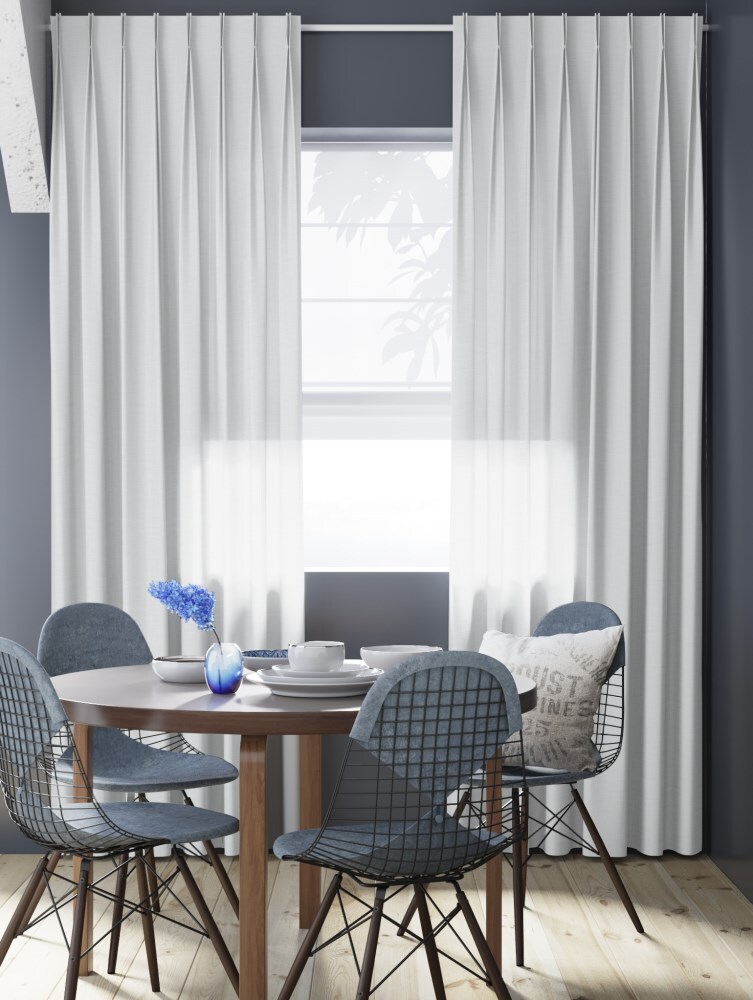Eco-friendly fabric - what should you choose?
More and more people are thinking about how they consume today, and the hunt for eco-friendly products and services is ongoing almost daily. Eco-friendly fabrics in clothing, textiles, and furniture are part of the equation. Here, My Window goes through different fabrics and analyzes some of their advantages and disadvantages from an environmental perspective.
1. Cotton
Cotton fiber has long been popular for creating textiles, but it’s not necessarily the most environmentally friendly choice. Organic cotton has a few more advantages, but it makes up only 1% of all cotton production.
The negative effects of cotton can be several. Firstly, cotton is widely used in the clothing industry, which can often be characterized by a large carbon footprint due to various parts of the production process being carried out in more than one country, sometimes even on different continents. Moreover, a significant amount of water is required to grow cotton (approximately 10,000 liters of water per kilogram), as well as chemicals (sometimes in multiple stages of the process) that can harm the environment.
2. Hemp
Hemp is a climate-smart choice of fabric in several respects. Like cotton, it is a plant, but hemp is much easier to cultivate. It can grow in nutrient-poor soil, is fast-growing, and resilient. Another advantage of hemp is that it prevents soil erosion, i.e., it counteracts the loss of nutrients and arable land in the soil where it grows. Hemp creates natural fibers that can, in turn, be turned into tightly woven and durable fabrics resembling linen, which can be used for clothing and various types of furniture and home textiles. /span>
3. Lyocell
Lyocell is also an environmentally friendly fabric in many ways. This is another type of natural fiber, specifically a regenerated fiber. These are artificial textile fibers made from natural products, often from trees like spruce or other fast-growing energy forests. Lyocell has a strong environmental advantage as a fabric, namely that all the material is biodegradable. Moreover, it uses slightly gentler chemicals in the production process that can be recycled rather than being released into the environment to potentially cause harm.

Repeat Fabrics produces both beautiful and environmentally friendly fabrics for curtains.
4. Repeat Fabrics – My Window’s eco-friendly fabric
With us, window decorators at My Window Environmentally friendly production has always been at the forefront, which is evident, among other things, by the fact that we initiated it Sustainable Stop, a industry initiative and an exhibition aimed at inspiring both the design and construction industries to work with sustainable materials. We have a clear favorite when it comes to eco-friendly fabric: Repeat Fabrics. Our collaboration with this supplier is based on their numerous efforts to promote a greener approach in the textile industry. Here are some of the benefits of Repeat Fabrics’ fabric production methods:
- No harmful chemicals or substances are used in the dyeing process of Repeat Fabrics textiles
- Repeat Fabrics curtains are shipped to us on hangers and in protective covers made of 15% recyclable materials. A deposit is paid for these two components, which is then refunded when they are returned to Repeat Fabrics. This way, important resources and materials are not wasted on single-use hangers or covers.
- 1000 liters of water are saved in the production of 50 meters of fabric, thanks to Repeat Fabrics’ environmentally friendly fabric printing method.
Do you want to choose a climate-friendly fabric for your new curtains My Window can highly recommend Repeat Fabrics. Place your order custom-made curtains online crafted from this eco-friendly fabric in our online store or schedule a consultation at any of our showroomsin Stockholm, Jönköping, or Gothenburg